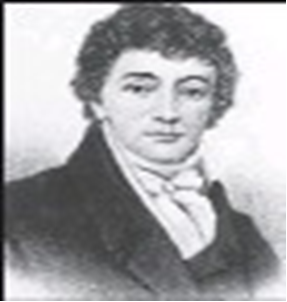The United State Anthem is Born

House and the Capitol building. Ultimately, however, the war resulted in the resolution of lingering conflicts between the two nations, and the beginning of a lasting peace and enduring friendship between the US and Great Britain. The war of 1812 also gave the United States The Star Spangled Banner, the hymn that the US eventually adopted as its national anthem.
It was written by Francis Scott Key, a young Washington attorney who had been OT quite 30 years after dispatched to Baltimore, Md., the American colonies to obtain the release of and won their independence American doctor being held by from England the British as a prisoner of war. During the American Key was in Baltimore during Revolutionary war, the Englands massive assault on United States and Great Britain the city, and wrote the words once again faced off in armed while observing the overnight battle on American soil in the bombing of Fortmchenry in War of 1812.
Baltimore, from September 13 the war lasted almost two to 14, 1814 and a half years, during which at the height of the war, the British burned Washington, in August of 1814, the British DC, setting fire to the White House entered Washington, DC, N street setting it a flame and forcing President James Madison and First Lady DolleyMadison to flee. The British then sailed up the Chesapeake Bay, and the Americans prepared for what they knew was going to be a violent attack on Baltimore.
Meanwhile, in a small town in Maryland, the townspeople were up in arms that their beloved, elderly town doctor had been taken prisoner by the British. Francis Scott Key had been hired to go to Baltimore to secure his release and bring the doctor home. The doctor was being kept prisoner aboard a British ship. Keys negotiations with the British went well and the prisoner was approved for release, but the British feared that Key and the prisoner had learned too much about the British plans to attack Baltimore. On September 7, the British detained Key and the doctor aboard a British ship for the duration of the attack.
On the morning of September 13, 1814, the British launched a relentless bombing of Baltimore. For more than 25 hours, the British fired more than 1,500 bombs on Baltimore. From his vantage point aboard the British ship, Francis Scott Key could see the bombs falling on Baltimores Fort McHenry. He observed that high over Fort McHenry flew its famous, giant flag, which the commander of Fort McHenry had commissioned a year earlier as a symbol of strength and defiance against the British. The flag measured 30 feet by 42 feet and was made from 400 yards of wool bunting. At the time, the American flag featured eight red stripes, seven white ones, and 15 stars.
Early on the morning of September 14, the bombing stopped. Without the fire of the bombs streaking the sky, Francis Scott Key could not see if the flag had survived. But as the morning light dawned, he was amazed to see the flag still flying high. Despite the strength of the British assault, the American resistance had forced the British to retreat, deciding that it would be too costly to take Baltimore.
The flag, still waving over Baltimore, symbolized American resilience, persistence and endurance and the unbreakable spirit of the young country. Francis Scott Key composed his famous poem on a scrap of paper. The words were set to a British tune, To Anacreon in Heaven. A music store subsequently published the words and music under the title The Star-Spangled Banner.
The song was immediately popular, but was not officially adopted as the United States National Anthem until 1931.


